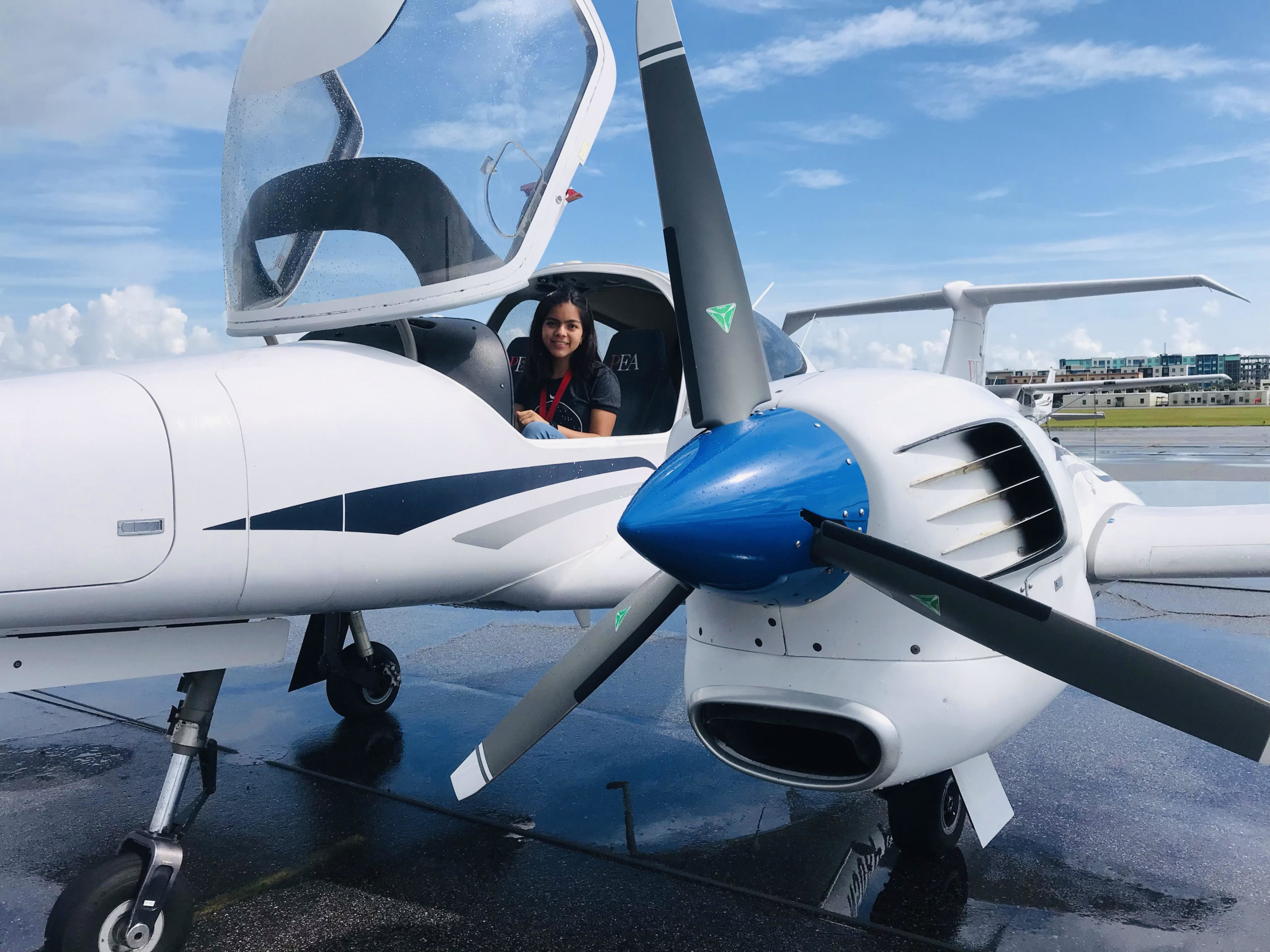5 Commonly Reported FAR Violations
Every pilot dreads the idea of receiving an FAA violation. And then there’s that much-feared radio call from an air traffic controller telling a pilot to “call this number when you land.”
Pilots make mistakes. Usually those mistakes are simple ones, benign enough to escape the watchful eye of the FAA. But a history of bad judgment or a pilot that deliberately and knowingly violates a Federal Aviation Regulation can cause the FAA to take enforcement action against him or her.
The Aviation Safety & Reporting System (ASRS) database provides safety reports and pilot synopses regarding unsafe flying conditions. The program encourages pilots, controllers and others to submit reports of unsafe flying conditions or events that occurred during flight. In exchange, a person cannot be penalized for the contents of the report.
Pilot shouldn’t be afraid that a single violation will get them in big trouble. They should, of course, always be careful and cautious to prevent mistakes, but a single violation doesn’t mean that the FAA will automatically ground them. Nevertheless, here are a few commonly reported violations that pilots should remain cognizant of:
Altitude Deviations
If a pilot deviates from an assigned altitude by more than 300 feet, an altitude violation occurs. (This is the reason your flight instructor is always reminding you to “check your altitude!”
Altitude deviations are often the result of a communication error between the pilot and controller. But they can also occur if the pilot forgets to set or reset his altimeter to the local altimeter setting, or if the pilot misinterprets the instrument itself.
Airspace Violations
Pilots who enter a controlled airspace without the proper requirements, such as entering class Bravo airspace without an ATC clearance or without a transponder, commit an airspace violation.
Airspace violations can also occur when a pilot enters a restricted area or an area where a temporary flight restriction (TFR) exists. These types of violations can be very serious. A pilot that flies into the airspace over the White House in Washington, D.C. without prior permission, for example, will definitely have to answer to the FAA.
Inadequate Fuel Reserves
Running out of fuel is still one of the most common reasons that a pilot submits an ASRS report for. This strikes most of us as odd: How can a pilot simply run out of fuel? With proper preflight planning, they usually don’t.
Pilots run out of fuel for a few reasons: Improper flight planning is a common one. Failing to plan enough fuel for an alternate airport, or failing to properly plan for a headwind can get pilots in trouble.
Sometimes pilots run out of fuel because they forget to switch fuel tanks when they should, or by inadvertently switching the fuel selector to an empty fuel tank.
Running out of fuel isn’t in itself a violation of FARs, but poor flight planning is. And with proper flight planning, fuel starvation is usually prevented.
VFR into IFR
Pilots who inadvertently fly into clouds and bad weather during a VF (visual flight rules) flight violate the necessary VFR cloud clearance requirements. Most of these events are unplanned flights into IFR conditions, but some are deliberate. VFR pilots who fly through a cloud layer to get to VFR conditions above or below them are in direct violation of the FARs and can be penalized.
Runway Incursions
A runway incursion occurs when an aircraft (or vehicle or person) is in the wrong place on a runway or protected area of an airport. This can occur if a pilot takes off or lands without a clearance, takes a wrong turn somewhere or crosses an active runway without permission. Any event that violates an FAR or causes a collision hazard could create a runway incursion.
Most violations come down to a breakdown in communication between a pilot and a controller. Sometimes the pilot is at fault and sometimes the controller is at fault. Pilots should be cautious to always clarify if something doesn’t make sense to them, and to read back all ATC instructions given to them.
A single mistake won’t usually require action on behalf of the FAA. But multiple mistakes, a mistake that results in an accident or incident, or a history of recklessness could mean enforcement action.




